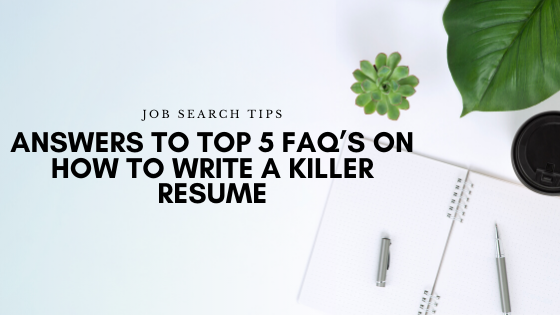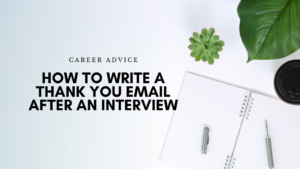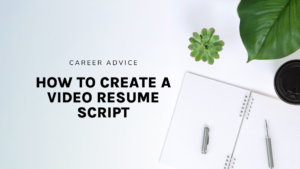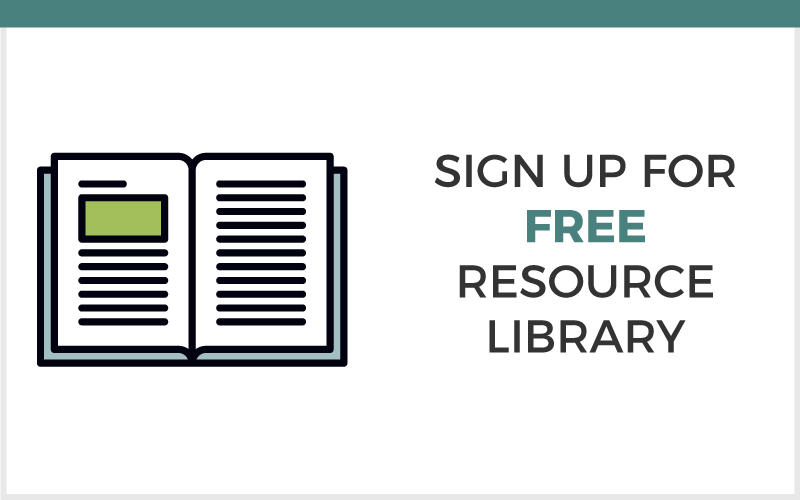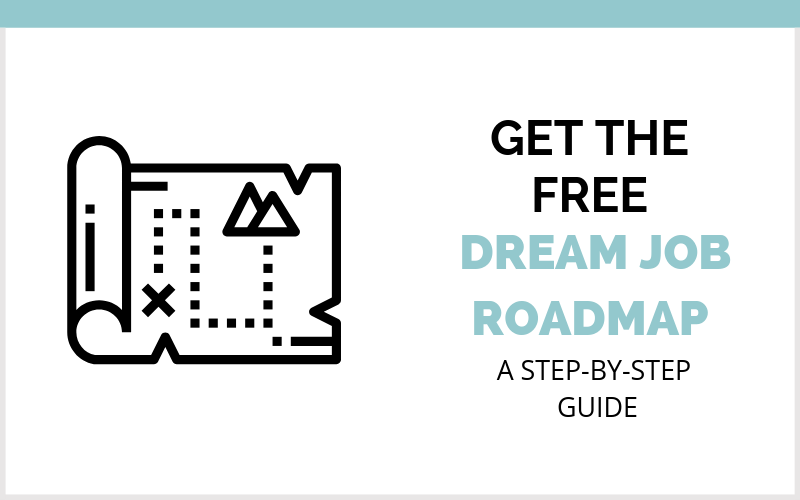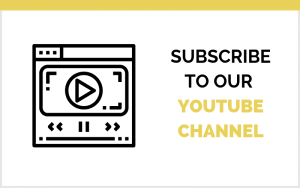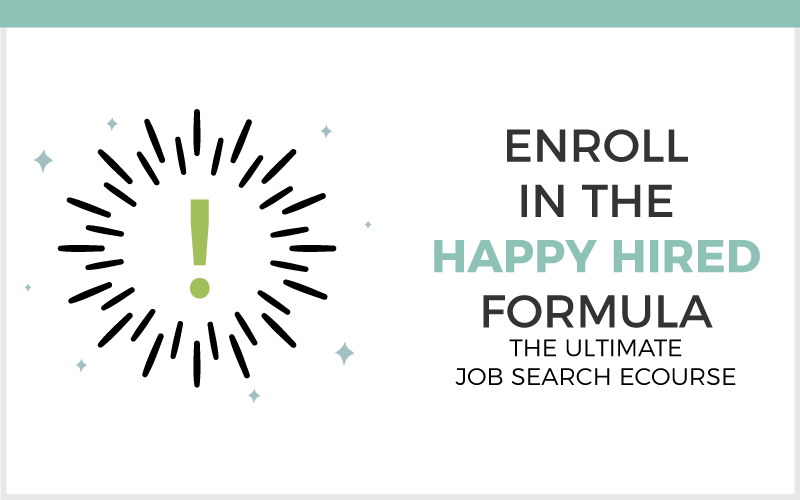Before you submit your resume to a company, be sure to read these 5 tips and answers to common questions about resumes and ensure your killer resume makes it to the YES pile.
In my previous life, I was a recruiter juggling 25 open positions at any given time. I was the sole recruiter responsible for posting the jobs online and I was the sole recruiter to receive an average of 100 resume applications per job within the first 48 hours of posting. This means I had an applicant tracking system of over 2,500 resumes in my ‘Review’ pipeline to quickly scan and determine if their resume was a match to move on to the coveted ‘Tell me about yourself’ stage.
Questions About Resumes: How to Write a Killer Resume
In my current life, I am a professional career coach and resume writer. I hear the frustration in my clients’ voice when they exclaim, “I’ve submitted my resume to over 25 jobs and haven’t gotten a single request to interview!” I understand this all too well as I have seen first-hand the percentage of resumes that make it into the rejection pile.
The good news is that while recruiting can be subjective, there are golden rules for this professional and personal marketing tool we call a resume.
Over the past year, I’ve received a lot of the same questions, so I’m here to outline and answer the Top 5 FAQ’s to write a killer resume. Without further ado, let’s dive in!
Answers to Commonly Asked Resume Questions
Type this into Google and you will find there are varying responses ranging from ‘absolutely must’ to ‘absolutely not’. From personal experience, I have come across a lot of 5 page resumes – usually PhD candidates outlining all of their publications and speaking engagements or IT professionals outlining every single project – and I can tell you now:
I rarely read any pages between the first and last page.
There isn’t a hard rule on how long your resume should be. My rule of thumb is if you can state your experience in 1-page, aim for that. If you are typing out your resume and there are 3 lines spilling over to page 2, try to play around with the margins, justify your text, rephrase bullets so that no line has one or two words sitting alone. You can save a lot of space if you write concisely!
If you are further along in you career (10+ years) or have worked for more than 6 relevant employers, I can understand why your resume is 2 pages long and will read through it all to understand your story. The keyword here is relevant! Anything beyond 2 pages and you should really start to answer, “Who is my audience and will this line add value to why I am the right candidate for this job?”
2. I held multiple titles with my current employer. How do I write this on the resume?
If you’ve held multiple titles, congratulations! This means you have likely been promoted and you should definitely highlight this on your resume. If you display you have the same title for 6 years at one company, prospective employers might wonder if you’re complacent or stagnant. But to show you moved from an Associate to a Sr. Associate to a Manager shows growth potential. Here is an example of how I would write this out:
CultiVitae, Inc., New York, NY 2010 – Present
Manager | May 2013 – Present
Sr. Associate | January 2011 – January 2013
Associate | March 2010 – January 2011
3. How many bullet points do I add under each job and what do I include?
Your experience is the core of your resume. It’s important to make sure you only highlight your accomplishments and not state what you did on a day to day. When possible, be sure to quantify the amount in units, dollars, or percentages. For example, if you are a Starbucks Barista, I don’t want to know you made drinks and served customers. This is already apparent in the title.
Use these bullets to paint a picture of how many drinks you served. Was it a high foot traffic area? How much revenue did this location generate each month? Did you receive any awards or recognition from customers who were pleased with your customer service? A good rule of thumb to follow is for your most recent job, include 5 bullets, for everything else in the past, try to limit to 3 (unless you have more quantifiable accomplishments!). We like quantifiable accomplishments!
4. I was only in a job for 2-3 months. Do I need to include it?
This depends on the situation. If it was a relevant contract/temporary assignment, I would include it, but be sure to include Contractor or Consultant in parenthesis next to the title. If the position was irrelevant to the industry and field you are applying to, feel free to leave it off or include it under a separate section titled Additional Experience. Note: you should answer the job application truthfully and completely, which includes any positions you held in the past 7 years or your last employers (read the instructions carefully!). The important thing is that you have an easy to follow chronological story when a stranger reviews your resume and you are prepared to answer to any employment gaps.
5. What should I include in my objective statement?
I would replace your objective statement with a Professional Profile or Professional Summary statement. This is a few sentences to summarize your overall experience and what you can bring to the table, before even diving into your work experience, certifications, and education. Generally it will address what field you are in, how many years of relevant work experience you have, and identify any traits that would make you particularly successful in a position such as the one you are applying to.
Here’s an example: Finance & Strategy professional bringing over 10 years of experience in analyzing and developing both short-term and long-term financial plans to increase profitability. Industry experience spans from global financial institutions to fast-growing technology companies. Adept at presenting findings and recommendations to executive level staff.
Don’t forget the basics!
Be sure to check your resume for typos, grammar, tense changes, and formatting. Trade a beer for a second or third eye review (make sure to give the beer after, not before or during!). PDF and make sure you save the document title “Last Name, First Name Resume” to make it easy for downloading.
Good luck and don’t forget to check out interview tips here now that you have a killer resume in the making!
RELATED:
- 3 Quick Tips to Make Sure Your Resume Gets Seen (ATS-friendly)
- What to Know Before Submitting Your Resume

